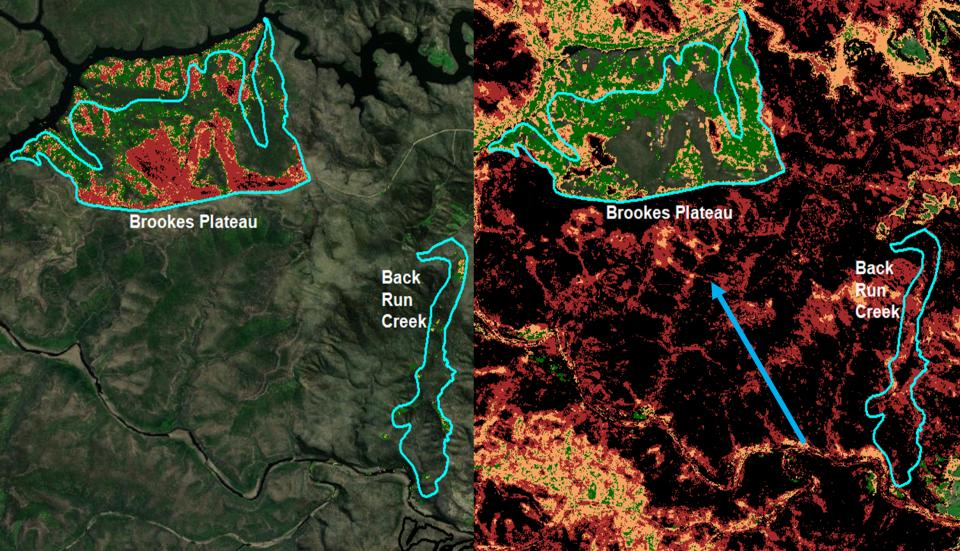
PUBLICATIONS
Published works

Analysis and characterisation of bushfire-meets-prescribed burn events from the 2019-20 fire season - Black Summer final report
| Title | Analysis and characterisation of bushfire-meets-prescribed burn events from the 2019-20 fire season - Black Summer final report |
| Publication Type | Report |
| Year of Publication | 2022 |
| Authors | Price, O, Barker, J, Rahmani, S, Wilkinson, C, MacDonald, D |
| Document Number | 683 |
| Date Published | 03/2022 |
| Institution | Bushfire and Natural Hazards CRC |
| City | Melbourne |
| Report Number | 683 |
| Keywords | 2019-20, analysis, black summer, Bushfire, characterisation, prescribed burn |
| Abstract | The objective of this project was stated in the Research Services Agreement as: “to develop a novel dataset that will capture information about individual bushfire-meets-prescribed burn events. The initial focus will be on those interactions that occurred during the 2019/20 fire season.” In other words, the project was to design a database that will allow evaluation of prescribed burns from planning stages to ultimate outcomes, and start using the data for some cases. In this report, we begin by outlining this dataset and its sources of information, though we have not populated it. Instead, we list potential evaluations that could be done with and conduct two evaluations with components of the data. The core of the proposed fire-meets-fire dataset is matched reporting from the Burn Plan (before) and Burn Report (on completion), especially area, fuel, moisture and weather variables. Some of this is not routinely reported in the current Elements System (for example 21% of burns had no actual area burnt recorded and most burns were missing fuel information). The dataset should also ingest information from fire severity mapping (which is now routine) and smoke impact. If the burn meets a bushfire a new range of information is available and should be ingested, including the severity of the bushfire within the burn. The advantage that the burn gave to firefighters is hard to gauge simply from fire severity, so additional information is needed, most importantly from firefighter interviews, but also by more detailed GIS examination of bushfire behavior. There are many evaluations that could be done with this dataset, from simple metrics such as percent of planned area actually burnt, to refinement of weather prescriptions for burns to whole-of-program evaluations applied to all burns such as the severity analysis presented here. Sections 3 and 4 are examples of whole of program evaluations. Section 4 is an analysis of severity reduction in the 2019/20 bushfires relating the occurrence of high severity fire in ~100,000 points to the fire history at those points, and controlling for vegetation, weather and topography. This found that in dry sclerophyll, recent burning (up to ~five years) reduced the probability of high severity fire and even more so if that previous burn was at low severity. Section 4 uses visual interpretation of the 2019/20 bushfire severity and progression mapping to attribute each previous prescribed burn with its effect on the bushfire. This ranged from stopping the bushfire altogether (having a common boundary) to simple severity reduction (was the bushfire severity reduced in the burn?). We found that 30% of burns from 2014 were encountered by the bushfires. Of these 509 burns, 13% of them were aligned with the final fire boundary, 42% of recent burns (one or two years old) caused some unburnt patches within the burn, and 68% caused a severity reduction. Burns older than this had much less effect, and we found two cases where a burn left an unburnt shadow behind it (meaning shadows are very rare events). We were able to cross-reference our interpretation for 14 burns to interviews from another pilot project. This revealed broad agreement, but also highlighted several cases where a burn gave firefighters an advantage that could not be found in the GIS. Three of these were cases where the bushfire slowed down (sometimes for several days), allowing firefighters time to prepare. There were two cases where burns outside of the burn perimeter effectively reduced spotting activity. The project demonstrates what can be done to evaluate prescribed burning programs and that a wide range of data is required to do this thoroughly. The 2019/20 bushfire season was extraordinary in many ways. Our analysis suggests that one of these ways was that prescribed burns only reduced fire behavior if they were one or two years old. Analyses of previous seasons generally find a longer lasting effect. Even so, there were many instances where prescribed burns helped firefighters, including in ways that are not obvious in GIS analyses. |
Published Works


